The Flash Anthology: Cool Effects and Practical ActionScriptSteve Grosvenor As a Web Developer who uses Flash, SitePoints "The Flash Anthology" will take your skills to the next level. Whether you want to create Flash navigation elements, do advanced animation, create text effects, work with video & audio or Flash forms, this book is for you.
Who should buy The Flash Anthology?
If you have some Flash experience, even if its only going through Macromedias Flash Tutorials, The Flash Anthology is for you. This book will help you create better, more innovative, fun, and practical effects. Steve Grosvenor, the author of The Flash Anthology, has compiled solutions to the most common Flash problems, plus some experimental effects, that are sure to inspire, motivate and educate.
For your next project, get The Flash Anthology and:
- Learn to use best-practice ActionScript code
- Find out how to easily find and fix errors in your code
- Learn to work with external data sources and Flash Forms
- Plus get over 60 recipes for effects covering everything from navigation to forms
Broken down in chapters by subject and fully indexed, you can easily use the book as a reference or as an idea book for your next Website. Each solution is completely customizable and comes with suggested modifications so you can adapt them to your own projects.
Use The Flash Anthology as inspiration for applications or projects, or keep it on your desk as a handy reference to dozens of the most common text, video, sound, animation and navigation ActionScripts.
The Flash Anthology is divided into ten chapters, making it easy for you to access best-practice examples of the different types of effects that youre likely to use. The tips, solutions, ActionScript and examples are divided as follows:
- Navigation: Planning navigation, including examples of good and bad design plus half-a-dozen examples that you can adapt to your own projects
- Animation: Timeline vs. ActionScripted animation, creating animation libraries plus practical examples of easy, intermediate and advanced animation in Flash
- Text Effects: When to use them, when not to use them, plus examples of over a dozen of the most common effects including blurring, fading, sliding and natural motion effects
- Sound Effects: Information on when its appropriate to use sound, tips on selecting sound clips and practical examples of triggering sound events, panning and Doppler effects and much more
- Video: Capturing, importing and editing movies, creating a mini-movie viewer, optimization methods and other must-read how-to tips with examples
- Flash Forms: How to design Flash Forms, validating data, handling form data and lots of practical form examples
- Working with external data: An overview of working with external data and working with server-side pages, creating a simple blog reader application, storing preferences.
- Trapping & Handling Errors including common causes for errors, the debugging process, and using the Flash debugger
- And lots more, including using Cascading Style Sheets in Flash, producing charts in Flash, getting your site indexed in the search engines, and more. Coding with CodaEric J Gruber Like to build websites in the wild with your MacBook? This concise hands-on guide introduces you to the ideal editor: Coda 2. Rather than clutter your screen with shell access, a separate CSS editor, and a version control app, you’ll discover how Coda’s "one-window web development" bundles everything into one neat application. Take Coda on a trial run, then learn step-by-step how to configure each feature to fit your working style. You’ll find out firsthand how Coda will save you time and effort on your next project. Get to know Coda’s workflow by building a sample siteDelve into features such as the tab bar, path bar, sidebar, and Sites viewSet up your own development environment—and dig deeper into the editor’s optionsGet tips for taking full advantage of the text and MySQL editorsCreate a Git or Subversion repository for source control managementLearn the finer points of sharing project documents across a networkDiscover the built-in reference books, and learn how to extend Coda Modern Compiler DesignDick Grune, Kees van Reeuwijk, Henri E. Bal, Ceriel J.H. Jacobs, Koen Langendoen "Modern Compiler Design" makes the topic of compiler design more accessible by focusing on principles and techniques of wide application. By carefully distinguishing between the essential (material that has a high chance of being useful) and the incidental (material that will be of benefit only in exceptional cases) much useful information was packed in this comprehensive volume. The student who has finished this book can expect to understand the workings of and add to a language processor for each of the modern paradigms, and be able to read the literature on how to proceed. The first provides a firm basis, the second potential for growth. Deep Learning with KerasAntonio Gulli, Sujit Pal Key Features Implement various deep-learning algorithms in Keras and see how deep-learning can be used in gamesSee how various deep-learning models and practical use-cases can be implemented using KerasA practical, hands-on guide with real-world examples to give you a strong foundation in KerasBook Description
This book starts by introducing you to supervised learning algorithms such as simple linear regression, the classical multilayer perceptron and more sophisticated deep convolutional networks. You will also explore image processing with recognition of hand written digit images, classification of images into different categories, and advanced objects recognition with related image annotations. An example of identification of salient points for face detection is also provided. Next you will be introduced to Recurrent Networks, which are optimized for processing sequence data such as text, audio or time series. Following that, you will learn about unsupervised learning algorithms such as Autoencoders and the very popular Generative Adversarial Networks (GAN). You will also explore non-traditional uses of neural networks as Style Transfer.
Finally, you will look at Reinforcement Learning and its application to AI game playing, another popular direction of research and application of neural networks. What you will learn Optimize step-by-step functions on a large neural network using the Backpropagation AlgorithmFine-tune a neural network to improve the quality of resultsUse deep learning for image and audio processingUse Recursive Neural Tensor Networks (RNTNs) to outperform standard word embedding in special casesIdentify problems for which Recurrent Neural Network (RNN) solutions are suitableExplore the process required to implement AutoencodersEvolve a deep neural network using reinforcement learningAbout the Author
Antonio Gulli is a software executive and business leader with a passion for establishing and managing global technological talent, innovation, and execution. He is an expert in search engines, online services, machine learning, information retrieval, analytics, and cloud computing. So far, he has been lucky enough to gain professional experience in four different countries in Europe and managed people in six different countries in Europe and America. Antonio served as CEO, GM, CTO, VP, director, and site lead in multiple fields spanning from publishing (Elsevier) to consumer internet (Ask.com and Tiscali) and high-tech R&D (Microsoft and Google).
Sujit Pal is a technology research director at Elsevier Labs, working on building intelligent systems around research content and metadata. His primary interests are information retrieval, ontologies, natural language processing, machine learning, and distributed processing. He is currently working on image classification and similarity using deep learning models. Prior to this, he worked in the consumer healthcare industry, where he helped build ontology-backed semantic search, contextual advertising, and EMR data processing platforms. He writes about technology on his blog at Salmon Run. Table of Contents Neural Networks FoundationsKeras Installation and APIDeep Learning with ConvNetsGenerative Adversarial Networks and WaveNetWord EmbeddingsRecurrent Neural Network — RNNAdditional Deep Learning ModelsAI Game PlayingConclusion | OS X and iOS Kernel ProgrammingOle Henry Halvorsen, Douglas Clarke OS X and iOS Kernel Programming combines essential operating system and kernel architecture knowledge with a highly practical approach that will help you write effective kernel-level code. You’ll learn fundamental concepts such as memory management and thread synchronization, as well as the I/O Kit framework. You’ll also learn how to write your own kernel-level extensions, such as device drivers for USB and Thunderbolt devices, including networking, storage and audio drivers.
OS X and iOS Kernel Programming provides an incisive and complete introduction to the XNU kernel, which runs iPhones, iPads, iPods, and Mac OS X servers and clients. Then, you’ll expand your horizons to examine Mac OS X and iOS system architecture. Understanding Apple’s operating systems will allow you to write efficient device drivers, such as those covered in the book, using I/O Kit.
With OS X and iOS Kernel Programming, you’ll: Discover classical kernel architecture topics such as memory management and thread synchronizationBecome well-versed in the intricacies of the kernel development process by applying kernel debugging and profiling toolsLearn how to deploy your kernel-level projects and how to successfully package themWrite code that interacts with hardware devicesExamine easy to understand example code that can also be used in your own projectsCreate network filters
Whether you’re a hobbyist, student, or professional engineer, turn to OS X andiOS Kernel Programming and find the knowledge you need to start developing What you’ll learn OS X and iOS common core architectureHow to write extremely efficient code by exploiting kernel detailsCoding kernel-level extensionsHow to write device driversHow to program the I/O Kit frameworkKey mobile device topics like power management drivers and video capture modulesTo understand OS X memory management and threadsTo parse kernel debug messages and package projects ready for deploymentWho this book is for
This book is suited for:
Intermediate and advanced iPhone and OS X programmers ready for the next stepKernel-level programmers interested in how OS X and iOS functionOpen source programmers with a background in Linux or BSD, OS X and iOSProgrammers interested in application performanceSystem administrators running OS X clusters
Table of Contents Operating System Fundamentals Mac OS X and iOSXcode and the Kernel Development EnvironmentThe I/O Kit FrameworkInteracting with Drivers from ApplicationsMemory ManagementSynchronisation and ThreadingUSB DriversPCI and ThunderboltPower ManagementSerial Port DriversCore AudioNetwork DriversStorage Drivers and FilesystemsUser-Space DriversDebugging and Profiling Advanced Kernel ProgrammingDeployment BeagleBone Black CookbookCharles A. Hamilton Over 60 recipes and solutions for inventors, makers, and budding engineers to create projects using the BeagleBone BlackAbout This Book Learn how to develop applications with the BeagleBone Black and open source Linux softwareSharpen your expertise in making sophisticated electronic devicesExplore the BeagleBone Black with this easy-to-succeed recipe formatWho This Book Is For
If you are a hardware, Linux, and/or microcomputing novice, or someone who wants more power and possibilities with product prototypes, electronic art projects, or embedded computing experiments, then this book is for you. It is for Internet of Things enthusiasts who want to use more sophisticated hardware than the Raspberry Pi or the Arduino can provide.
Whether you are an engineering student, a DIYer, an inventor, or a budding electronics enthusiast, this book delivers accessible, easy-to-succeed instructions for using an advanced microcomputing platform. What You Will Learn Set up and run the BeagleBone Black for the first timeLearn the basics of microcomputing and Linux using the command line and easy kernel modsMake introductory projects with Python, JavaScript, BoneScript, and Node.jsExplore physical computing and simple circuits using buttons, LEDs, sensors, and motorsDiscover the unique features of the BeagleBone Black and its real-time computing functionsBuild intermediate level audio and video applicationsAssemble and add ingredients for creating Internet of Things prototypesIn Detail
There are many single-board controllers and computers such as Arduino, Udoo, or Raspberry Pi, which can be used to create electronic prototypes on circuit boards. However, when it comes to creating more advanced projects, BeagleBone Black provides a sophisticated alternative. Mastering the BeagleBone Black enables you to combine it with sensors and LEDs, add buttons, and marry it to a variety of add-on boards. You can transform this tiny device into the brain for an embedded application or an endless variety of electronic inventions and prototypes.
With dozens of how-tos, this book kicks off with the basic steps for setting up and running the BeagleBone Black for the first time, from connecting the necessary hardware and using the command line with Linux commands to installing new software and controlling your system remotely. Following these recipes, more advanced examples take you through scripting, debugging, and working with software source files, eventually working with the Linux kernel. Subsequently, you will learn how to exploit the board's real-time functions. We will then discover exciting methods for using sound and video with the system before marching forward into an exploration of recipes for building Internet of Things projects. Finally, the book finishes with a dramatic arc upward into outer space, when you explore ways to build projects for tracking and monitoring satellites. Style and approach
This comprehensive recipe book deconstructs a complex, often confusing piece of technology, and transforms it to become accessible and fun with snappy, unintimidating prose, and extensive easy-to-succeed instructions. LEGO Mindstorms NXT Power Programming: Robotics in CJohn C. Hansen NXT Power Programming delivers everything you need to create the robot you've always dreamed about. This is the definitive guide to C programming by the developer of some of the most powerful and popular development tools for LEGO MINDSTORMS. John C. Hansen presents a comprehensive yet friendly set of tools that allow you to create almost any robot you can imagine.
Inside, you'll find an ingenious set of projects that explore the complete arsenal of NXT functionality. At the heart of these projects is Versa, a versatile mobile robot platform utilizing modular attachments.
Master the Art of:
• NXC, a C language for the NXT
• BricxCC, a full featured programming environment
• Sensors and Motors
• Utilities for Music, Sound Sampling, Graphics and more
• NBC, an Assembler Language for the NXT
• Building Robots without Bricks
• Handheld Arcade Games on the NXT
• An Intruder System using a Sphere Cannon
• NXT to NXT Bluetooth communications
• NXT to Bluetooth devices
• The latest sensors from HiTechnic and mindsensors.com |
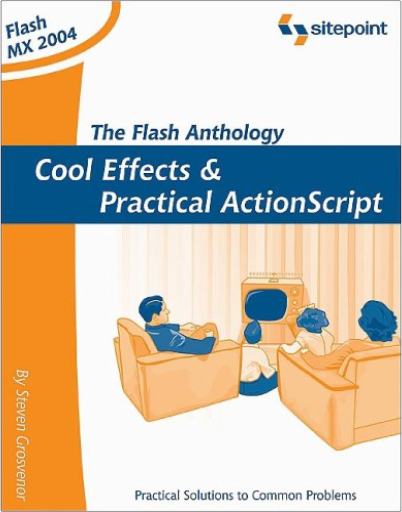
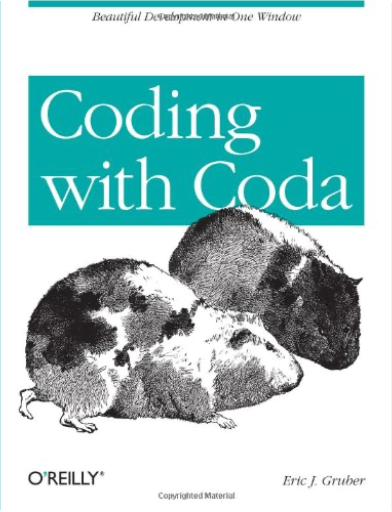
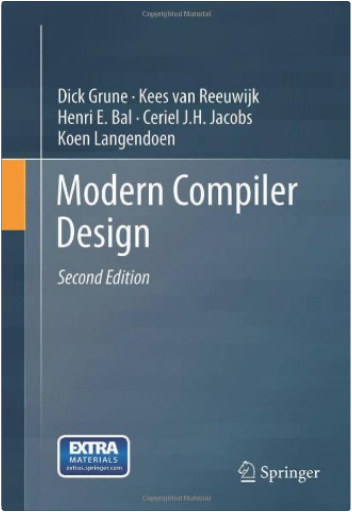
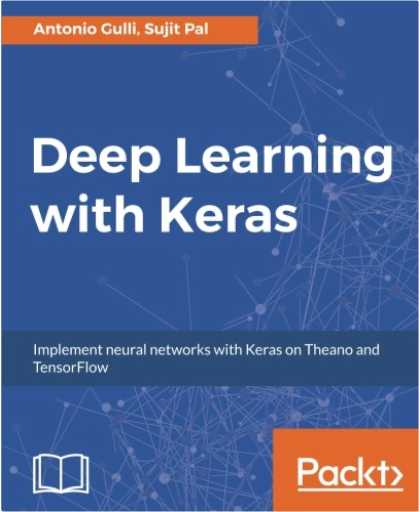
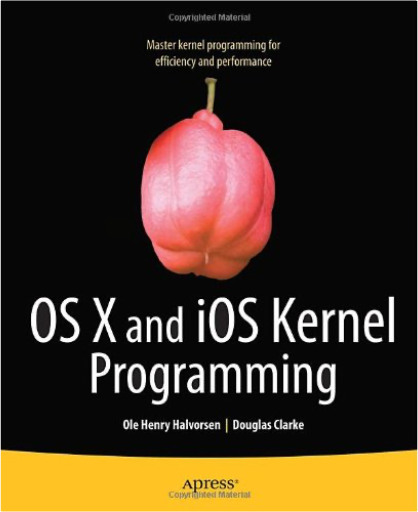
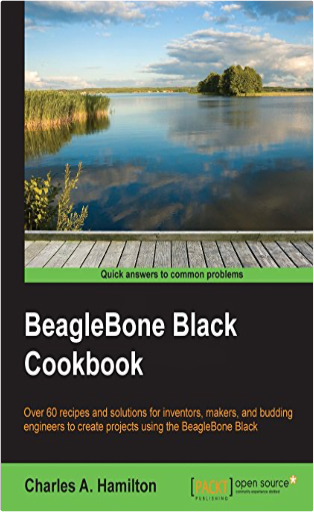
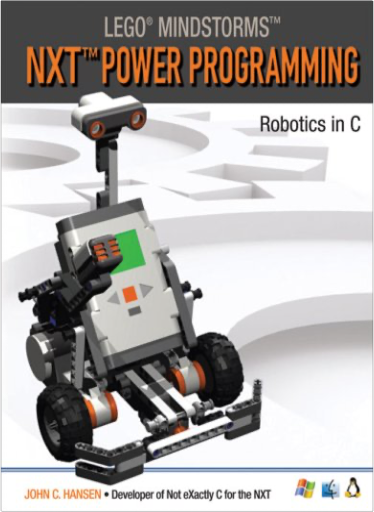



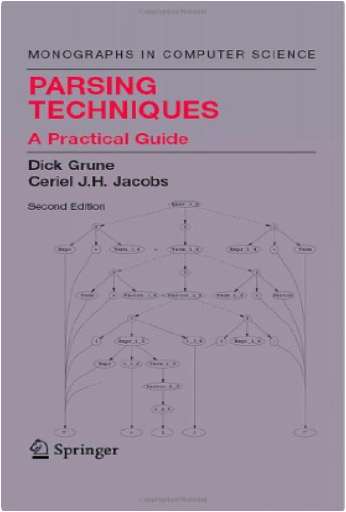
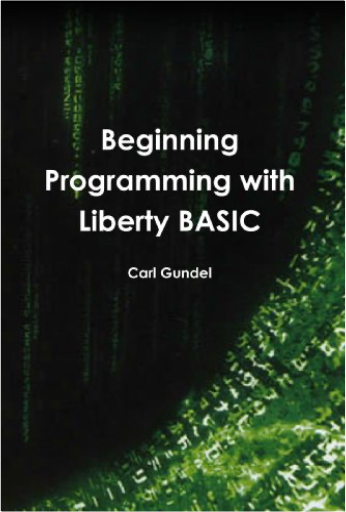


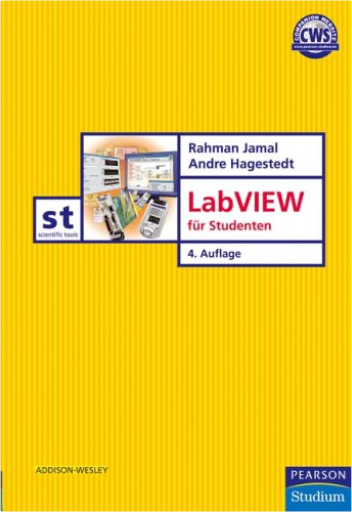

 Made with Delicious Library
Made with Delicious Library